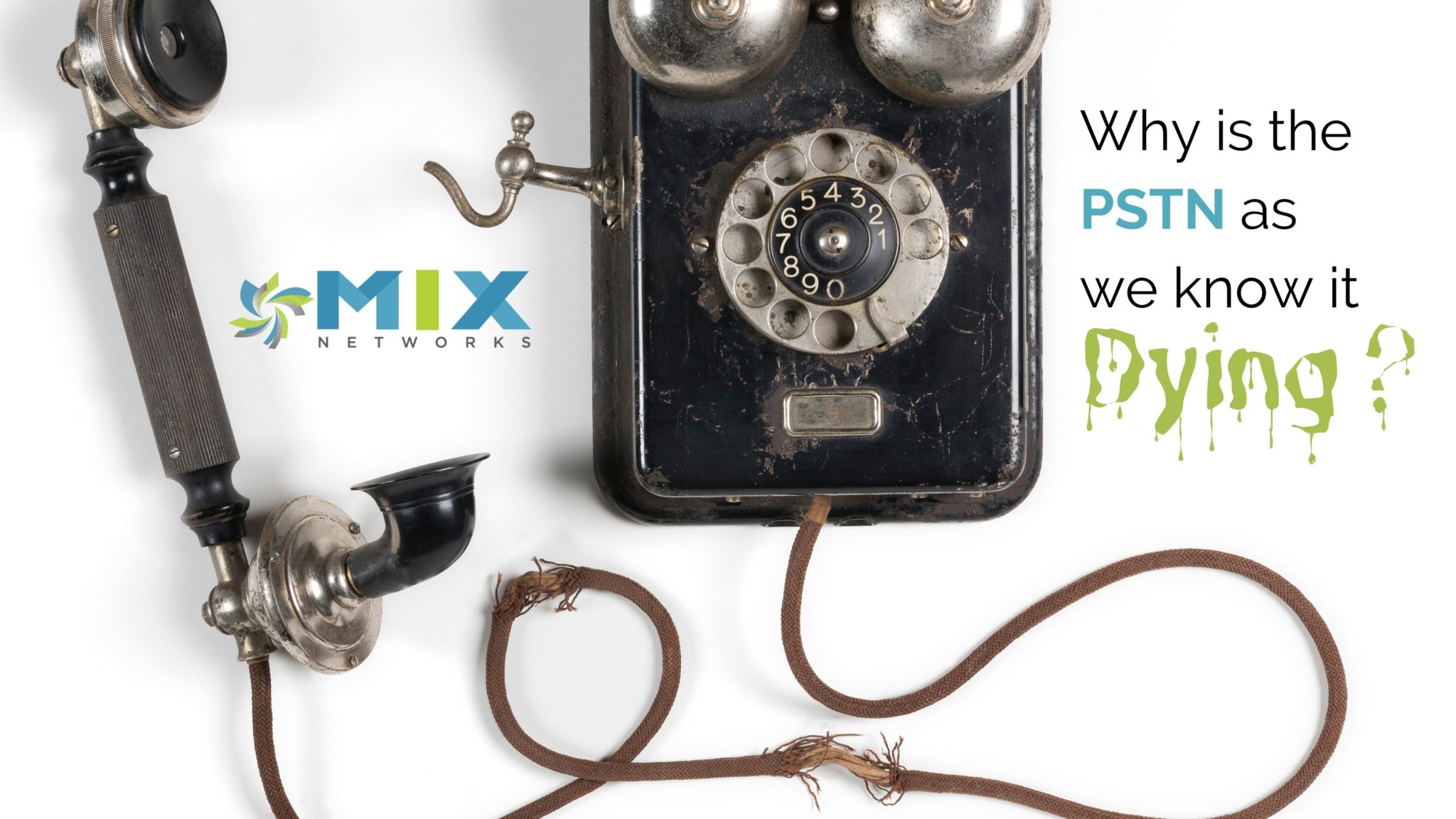“Mr. Watson, come here. I want to see you.”
These words soon became a declaration that could be heard across the world. Literally. When Thomas Watson heard this phrase from Alexander Graham Bell through the first telephone, telecommunications was born.
Just short of 150 years later, the revolutionary technology is poised to be replaced. But why, after all this time, are the big telephone companies advocating for the death of the PSTN?
Aging Infrastructure, Falling Subscription Rates Pushed the PSTN to the Edge
AT&T recently petitioned the FCC to push for the retirement of the copper lines that are the heart of the PSTN and move the nationwide infrastructure to an IP based solution. In it, AT&T stated, “there is no reason to delay a transition that will bring massive benefits to American consumers.” There is no denying that the big telecom names, AT&T, Verizon, and others are eager for the death of the PSTN, for several reasons.
Per the FCC and the telecommunications act of 1934, the “Baby Bells,” as they were known after the break up of Alexander Graham Bell’s company, were federally mandated to maintain the copper that serviced American citizens. This includes the wear and tear of the copper wires themselves, the wooden poles used to carry them, or any underground solution devised to transmit the signal. As you can imagine, this can get very expensive, very quickly. This includes citizens in rural locations, even the farm who may have no one around for hundreds of miles. The telecom industry is required by the FCC to ensure that every single American has access to the PSTN.
On top of being required to maintain the lines, the traditional telecom institutions are required to pay additional taxes and fees to support the PSTN on a national level, not just the ones they specifically service. Theoretically, these fees would disappear if the PSTN were to retire.
Couple this with the significant reduction in subscribers as more consumers trade the PSTN for wireless or VoIP solutions, most traditional telecom providers are finding themselves with more expenses than income. The FCC reports that the number of subscribers in the US fell from its peak in 200 of 194 Million to just over 100 Million by 2012, a fall of 48%. The number of users fell dramatically, while the industry was still required to fund and maintain the traditional lines.
Why Are Users Jumping Ship?
Statistics from the National Health Interview Survey reported that around ¾ of American households have switched to wireless-only connections, completely unplugging from PSTN solutions. Why is this? It’s not that voice communications are becoming obsolete, as nearly every household in America has a phone of some type, it’s just how the voice is being transported that has changed. There are several key features, we feel, that are attracting users to these alternative delivery methods:
- Mobility – with the PSTN, you are literally “tied down.” In order to receive the telephone message, you have to be in the same physical space where the copper wire connects to. VoIP and wireless connections remove this physical barrier and enable the user to call and receive calls regardless of their physical location.
- Advanced Features – While the traditional landline was at the forefront of technology for decades, it has since fallen behind and been unable to keep up with the advanced features of the IP enabled solutions. Features such as Auto Attendant, Voicemail, call waiting, conference calling, and many others.
- Reduced costs – We saved this one for last, as it is one of the most significant advantages you hear of when it comes to switching away from the PSTN. And while this benefit is significant, we would argue that the increased mobility and features far outweigh simple cost benefits. VoIP and wireless users can benefit from fewer costs from cheaper international calling and, free long-distance calling,
Don’t be Left Behind – Make the Switch Today
The writing is on the wall, so to speak. The FCC has heard the petitions of the traditional telecom companies and has determined that they will remove the requirement of the telecom industry to maintain the wired copper infrastructure that is the lifeline of the PSTN, opening the doors for more effective competition among these original communications providers and the newer, all digital providers. As more copper lines fail and are then phased out of use, businesses and end-users alike need to make sure they know their alternatives when the time to switch comes. After all, it’s no longer an “if” the PSTN dies, but when. The PSTN will be phased out in a matter of time. Don’t be left on an island without a rescue boat. Consider VoIP and Unified-Communications-as-a-Service as your alternative to PSTN connections.








